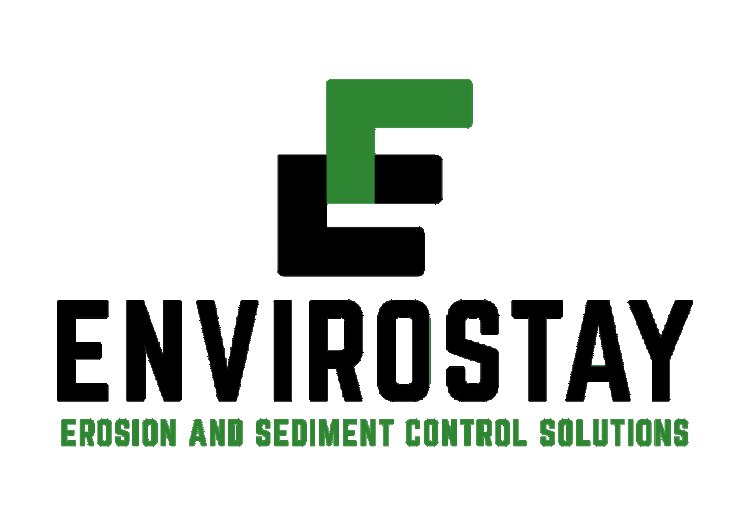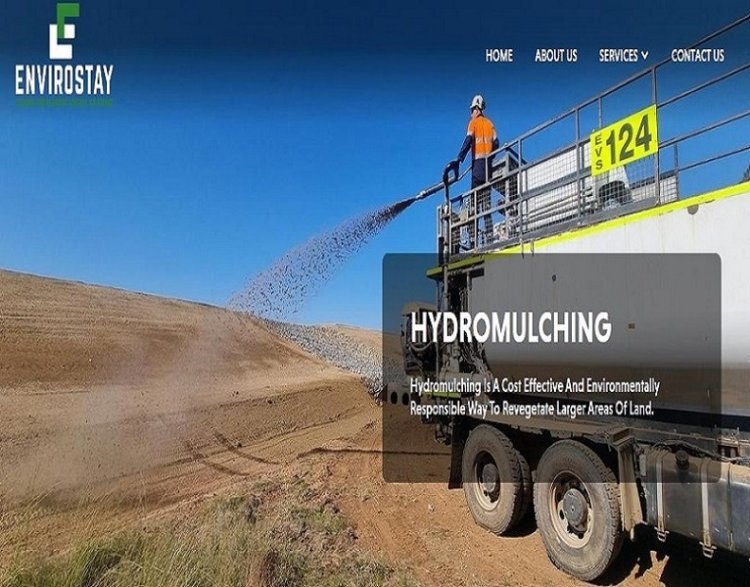The Benefits of Hydromulching and Hydro Mulch in Landfill Capping
Envirostay is a specialised company providing revolutionary solutions for revegetation, slope retention, erosion control and dust suppression for the civil, mining and construction sectors. Envirostay offers an array of cost effective erosion and sediment control solutions which ensure you meet your environmental requirements throughout your projects.
Share this Post to earn Money ( Upto ₹100 per 1000 Views )


Hydromulching, also known as hydro mulch or hydro mulching, is a technique widely used in landscaping and environmental restoration projects. This process involves the application of a slurry composed of water, seed, mulch, and other essential additives, such as fertilizers or soil conditioners. Hydromulching provides a cost-effective and efficient method for promoting vegetation growth, erosion control, and soil stabilization.
One of the most significant applications of hydromulching is in landfill capping. Landfill capping is a critical process in managing closed landfills, aiming to cover and seal the waste material to prevent environmental contamination. The capping system typically consists of multiple layers, including a final vegetative cover, which plays a crucial role in preventing soil erosion and reducing the infiltration of rainwater into the waste.
Hydro mulching is particularly well-suited for landfill capping due to its ability to quickly establish vegetation. The mulch component in the slurry acts as a protective layer, conserving moisture and providing insulation to the seeds, promoting optimal conditions for germination. This rapid establishment of vegetation helps stabilize the soil surface, reducing the risk of erosion and the potential release of contaminants into the surrounding environment.
Additionally, the use of hydromulch in landfill capping offers several advantages over traditional seeding methods. The uniform application of the slurry ensures even distribution of seeds, resulting in consistent vegetation coverage. Moreover, the incorporation of fertilizers and soil amendments in the hydromulch mix enhances soil fertility, further supporting plant growth and development.
The environmental benefits of hydromulching extend beyond erosion control. By promoting healthy vegetation, it contributes to the aesthetic improvement of landfill sites, transforming them into green spaces that can provide habitat for local wildlife. Furthermore, the vegetative cover reduces the exposure of waste materials to the elements, minimizing the risk of leachate formation and gas emissions.
In conclusion, hydromulching and hydro mulch are invaluable techniques in the field of environmental management, particularly in landfill capping projects. Their ability to quickly establish vegetation, prevent soil erosion, and enhance soil quality makes them an ideal choice for creating sustainable and environmentally friendly landfill closures. As environmental concerns continue to grow, the importance of using effective and efficient methods like hydromulching in managing closed landfills cannot be overstated.







